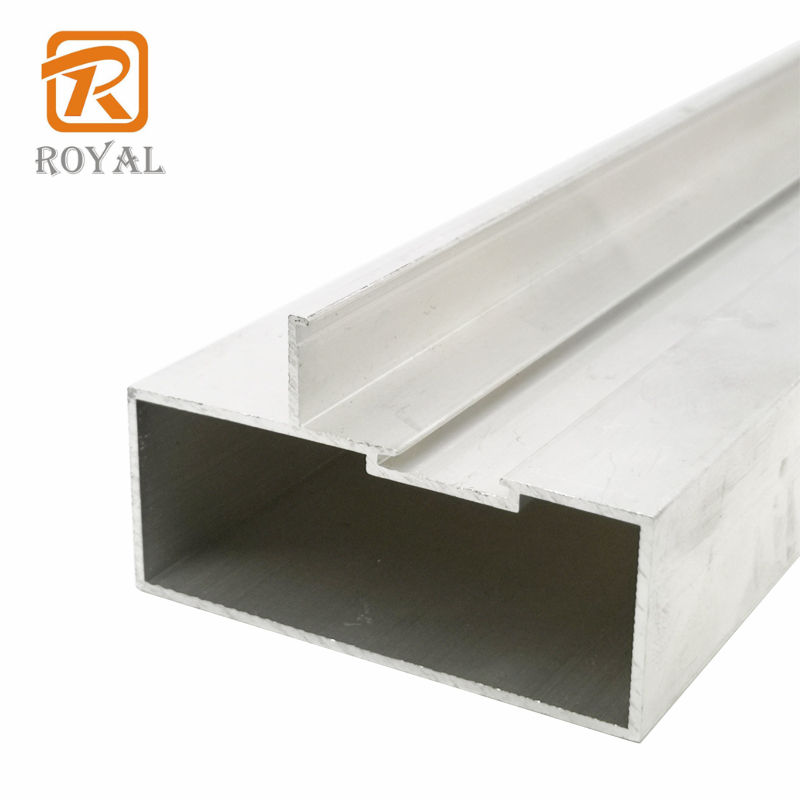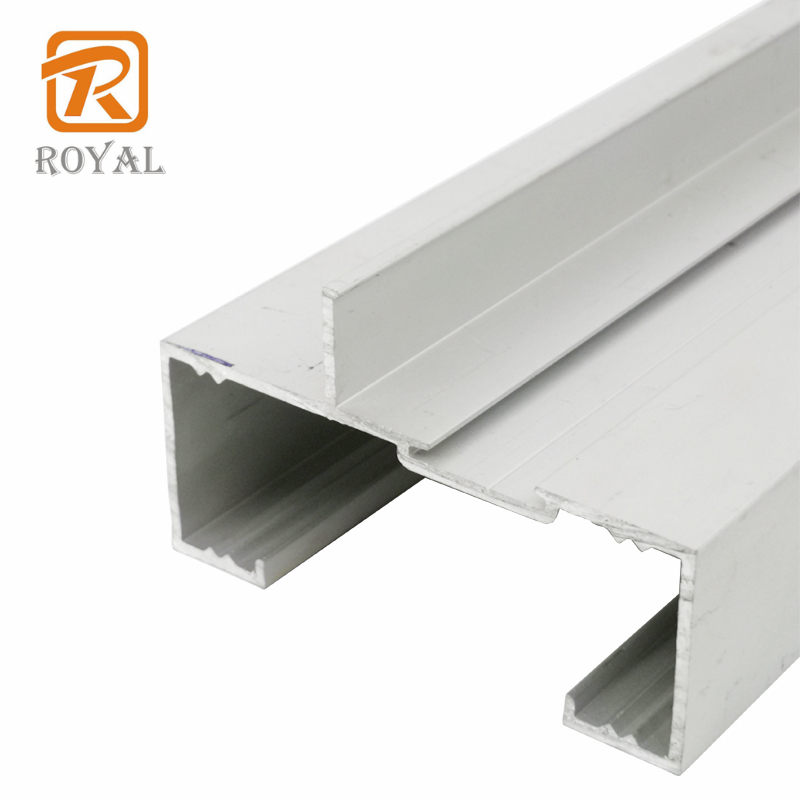- Promotion of Energy Conservation Policy and Great Market Potential of New Environmental Protection Doors and Windows
- Two major tasks of transformation and upgrading of doors and windows: filling shortcomings and promoting promotion
- In 2017, the product innovation of the door and window industry is the king, satisfying the three elements of high-quality products, research and development, and experience.
- Under the financing difficulties, the central bank will launch the door and window industry or usher in a strong will
- Maximizing Brand Effect, Door and Window Enterprise Marketing Warfare Integrating New Play Method
- Hao Jiping: The Standard of Architectural Doors and Windows in China Needs to be Improved
- An Analysis of the Overall Economic Situation of China's Door, Window and Curtain Wall Industry
- Plagiarism hinders the development and innovation of the door and window industry.
- Promotion of Energy Conservation Policy and Great Market Potential of New Environmental Protection Doors and Windows
- Two major tasks of transformation and upgrading of doors and windows: filling shortcomings and promoting promotion
- In 2017, the product innovation of the door and window industry is the king, satisfying the three elements of high-quality products, research and development, and experience.
- Under the financing difficulties, the central bank will launch the door and window industry or usher in a strong will
- Maximizing Brand Effect, Door and Window Enterprise Marketing Warfare Integrating New Play Method
- Hao Jiping: The Standard of Architectural Doors and Windows in China Needs to be Improved
- An Analysis of the Overall Economic Situation of China's Door, Window and Curtain Wall Industry
- Plagiarism hinders the development and innovation of the door and window industry.
- Origin: Originality
- Popularity:2738
- Publication time:2019-07-05
Some people say that windows are the best "clothes" for beautiful buildings, but the performance of "clothes" will directly affect the energy-saving effect of buildings. Among the three major energy consumption in the whole society, building energy consumption accounts for more than 40% of the total energy consumption, while the energy loss through doors and windows accounts for 51% of the total energy consumption. Our country adds 2.5 billion square meters of new buildings every year, but developers often only pay attention to prices, ignoring the quality of doors and windows, making our doors and windows become the biggest funnel and black hole of building energy saving. Many experts in this field, headed by Chairman Hao Jiping of China Building Metal Structure Association, appealed to our country to integrate energy saving of doors and windows into energy saving and emission reduction strategy as soon as possible, to formulate standards for doors and windows, and to strengthen the implementation of standards. At the same time, it is suggested that the government should increase investment, support enterprises to strengthen scientific research, improve the gold content of science and technology and technical level, so as to reduce their building energy consumption.
Recently, in an interview with China Construction Daily, President Hao Jiping said that the standards of building doors and windows in China need to be improved urgently. There is a significant gap between the energy-saving level of new buildings in China and that of developed countries, and the proportion of energy consumption of existing buildings is still high. Although doors and windows account for only one fifth of the building area, their energy consumption accounts for nearly half of the building energy consumption.
Reporter: President Hao, would you like to introduce the current domestic and international standards for building doors and windows?
Hao Jiping: With the continuous advancement of standardization in China, the categories and systems of relevant standards for doors and windows have gradually been enriched and improved. However, in terms of standards, certification and labeling system, there are many differences between China's door and window industry and developed countries.
Taking the energy-saving of doors and windows of residential buildings as an example, China is divided into five regions according to climate: severe cold, cold, hot summer and cold winter, hot summer and warm winter, and mild. The energy-saving design standards for residential buildings in different regions require K value of external window insulation performance (the smaller the K value, the better the thermal insulation performance) as follows: 1.5-2.5 W/(square metre /) in cold areas, 1.8-3.1 W/(square metre /) in cold areas, 2.3-4.7 W/(square metre /) in hot summer and cold winter areas, 2.5-6.0 W/(square metre /) in hot summer and warm winter Northern areas. Mi Kai), hot summer and warm winter are not required in the south.
Although provinces, autonomous regions and municipalities directly under the Central Government have formulated corresponding energy-saving design standards for local residential buildings, most regions still implement 65% energy-saving standards. It is gratifying to note that 75% energy-saving standards have been implemented in Beijing, Tianjin, Jilin, Shandong, Xinjiang, Hebei and other regions, and that the thermal insulation performance of doors and windows has been improved to 1.5 W/(square metres per square metre). Higher-level energy-saving design standards have also been issued in some places, such as Hebei's design standards for passive ultra-low-energy buildings. The K value of the outer window is required to be 1.0 W/(square meters.
Beijing is the first area in China to implement 75% energy-saving standard. Compared with Germany in the same latitude, the thermal insulation performance index of doors and windows stipulated in Beijing's current energy-saving design standard is 1.5-2.0 W/(square metre/open), which is only equivalent to the level of Germany in 1995. It can be said that China's current highest energy-saving standards for doors and windows are still lagging behind Germany for about 20 years, which is very incompatible with China's rapid economic development.
Reporter: What are the main problems in the door and window industry in China?
Hao Jiping: I think there are three main problems at present.
First, there is a lack of long-term planning for the formulation of standards. In recent years, foreign developed countries have formulated medium and long-term energy-saving development plans to guide the revision of building energy-saving standards, so as to continuously improve the thermal insulation performance of doors and windows. Compared with developed countries, our country lacks medium-term and long-term planning for future development when formulating building energy-saving design standards. For example, Germany requires new government public buildings to meet the building standard of near zero energy consumption from 2019, all new buildings to meet the building standard of near zero energy consumption from 2021, and all existing buildings to be transformed into near zero energy consumption buildings in 2050. The United States requires that new buildings be designed to achieve zero energy consumption from 2020, and near zero energy consumption by 2030; the United Kingdom requires that new residential buildings achieve zero carbon emissions in 2016 and public buildings achieve zero carbon in 2019. The EU calls for zero energy consumption for all new commercial buildings by 2018 and zero energy consumption for all new buildings by 2020.
Secondly, the low standard restricts the development of energy-saving door and window industry. At present, the energy-saving design industry standards in various climatic regions are relatively low. In most regions, the energy-saving design standards are still maintained at the level of the energy-saving design standards in their climatic regions. Although some improvements have been made, the degree is relatively low. In this case, it is not only difficult to promote the improvement of energy-saving design standards, but also hindered the development of high-performance energy-saving doors and windows and profiles die, glass, hardware, spacer related industries and technology. At present, there are two contradictions in the stage of technology R&D: lack of information and lack of policy support in the stage of market promotion. In the long run, it is not conducive to the healthy development of the industry, but also to the improvement of the international competitiveness of Chinese products.
Third, the promotion of building energy efficiency is affected. In China's building energy-saving design standards, some doors and windows index range is too large. Many doors and windows projects in the design stage do not consider the proportion of doors and windows to walls, orientation and other factors, only select the lowest index requirements, resulting in a great discount in the actual energy-saving level of the project, resulting in the failure of building energy-saving work.
Reporter: How do you think these problems can be effectively solved?
Hao Jiping: I think we must attach importance to the construction of planning and system.
First, formulate medium and long-term energy-saving standards for doors and windows
- 2019-11-28Thanks for our customers
- 2019-09-30Notice of holidays
- 2019-07-05How to Promote Sales of Aluminum Alloy Doors and Windows
- 2019-07-05As consumers choose more and more widely, the sales of aluminium alloy doors and windows become more difficult.
- 2019-07-05How to Promote Sales of Aluminum Alloy Doors and Windows
- 2019-07-05How to win-win cooperation between aluminium alloy door and window manufacturers and window franchisees
- 2019-07-05Aluminum Alloy Doors and Windows Joint Sales Knowledge Used to Improve Performance
- 2019-07-05Quality is the best after-sales service for aluminium-wood doors and windows manufacturers
- 2019-07-05Quality is the best after-sales service for aluminium-wood doors and windows manufacturers
- 2019-07-05Exploiting the Market Potential of Aluminum-clad Wood Doors and Windows







